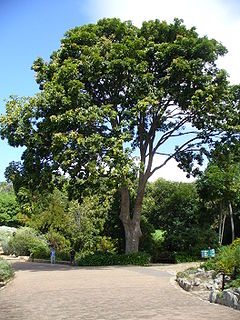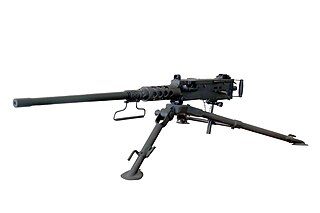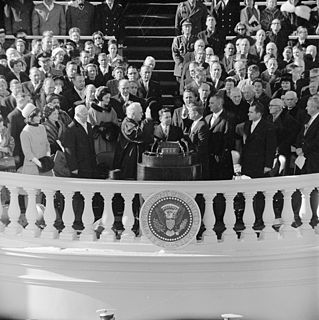
Giulio Cesare was one of three Conte di Cavour-class dreadnought battleships built for the Royal Italian Navy in the 1910s. She served in both World Wars, although she was little used and saw no combat during the 1st world war. The ship supported operations during the Corfu Incident in 1923 and spent much of the rest of the decade in reserve. She was rebuilt between 1933 and 1937 with more powerful guns, additional armor and considerably more speed than before.

A torpedo boat is a relatively small and fast naval ship designed to carry torpedoes into battle. The first designs rammed enemy ships with explosive spar torpedoes, and later designs launched self-propelled Whitehead torpedoes. They were created to counter battleships and other slow and heavily armed ships by using speed, agility, and the power of their torpedo weapons. A number of inexpensive torpedo boats attacking en masse could overwhelm a larger ship's ability to fight them off using its large but cumbersome guns. An inexpensive fleet of torpedo boats could pose a threat to much larger and more expensive fleets of capital ships, albeit only in the coastal areas to which their small size and limited fuel load restricted them.

USS Massachusetts (BB-59) was the third of four South Dakota-class fast battleships built for the United States Navy in the 1930s. The first American battleships designed after the Washington treaty system began to break down in the mid-1930s, they took advantage of an escalator clause that allowed increasing the main battery to 16-inch (406 mm) guns, but refusal to authorize larger battleships kept their displacement close to the Washington limit of 35,000 long tons (36,000 t). A requirement to be armored against the same caliber of guns as they carried, combined with the displacement restriction, resulted in cramped ships, a problem that was exacerbated as wartime modifications that considerably strengthened their anti-aircraft batteries significantly increased their crews.

The Duncan class was a class of six pre-dreadnought battleships built for the Royal Navy in the early 1900s. The six ships—HMS Duncan, HMS Albemarle, HMS Cornwallis, HMS Exmouth, HMS Montagu, and HMS Russell—were ordered in response to Russian naval building, specifically the fast second-class battleships of the Peresvet class, which they were specifically to counter. The foremost design consideration was a high top speed to match the rumoured top speed of 19 knots of the Russian ships while maintaining the same battery of 12-inch (300 mm) guns and keeping displacement from growing. This forced significant compromises in armour protection, though the ships adopted a revised system of protection for the bow, which was copied in other designs like the London class.
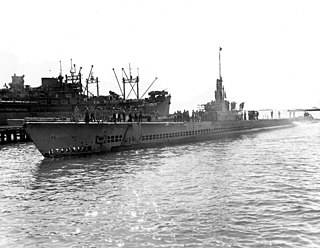
USS Lionfish (SS-298), a Balao-class submarine, was the only ship of the United States Navy named for the lionfish, a scorpaenid fish native to the Pacific and an invasive species found around the Caribbean. She was designated a National Historic Landmark in 1986, and is now on display at Battleship Cove in Fall River, Massachusetts.
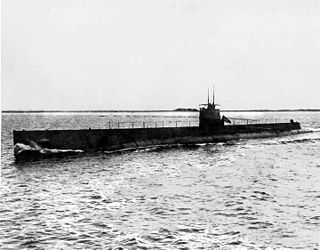
The AA-1 class was a class of three experimental submarines of the United States Navy, built toward the end of World War I, between 1916 and 1919, intended to produce a high-speed fleet submarine. The design was not a success and none of the submarines saw active service. However, the lessons learned were applied to the design of the later V-boats. The class was later renamed as the T class.
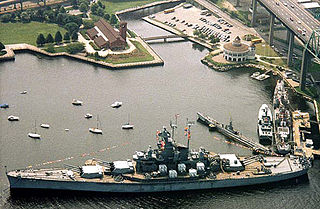
Battleship Cove is a nonprofit maritime museum and war memorial in Fall River, Massachusetts, United States. Featuring the world's largest collection of World War II naval vessels, it is home to the highly decorated battleship USS Massachusetts. It is located at the heart of the waterfront at the confluence of the Taunton River and Mount Hope Bay and lies partially beneath the Braga Bridge and adjacent to Fall River Heritage State Park.

Motor Torpedo Boat (MTB) was the name given to fast torpedo boats by the Royal Navy and the Royal Canadian Navy. The 'motor' in the formal designation, referring to the use of petrol engines, was to distinguish them from the majority of other naval craft that used steam turbines or reciprocating steam engines.

The four Brandenburg-class pre-dreadnought battleships were Germany's first ocean-going battleships. They were also the first German warship, of any type, to be fitted with wireless communications. The class comprised Brandenburg, Kurfürst Friedrich Wilhelm, Weissenburg, and Wörth. All were laid down in 1890 and completed by 1893, except for Weissenburg, which was completed in 1894. The lead ship, Brandenburg, was built at the cost of 9.3 million Marks and Kurfürst Friedrich Wilhelm cost 11.23 million Marks. The British Royal Navy derisively referred to the ships as the "whalers."
Coastal Forces was a division of the Royal Navy established during World War II. It consisted of small coastal defence craft which the Navy designated with names such as: Motor Launch, High Speed Launch, air-sea rescue, Motor Gun Boat and Motor Torpedo Boat. It did not include landing craft, trawlers or purpose-built minesweepers. Other Navies operated equivalent boats, but classified and named them somewhat differently.

PT Boat Museum is located in Fall River, Massachusetts as part of Battleship Cove. It is a museum that exhibits two National Historic Landmark ships, an 80-foot (24.4 m) Elco boat, PT 617, and a 78-foot (23.8 m) Higgins boat, PT 796.

Motor torpedo boat PT-617, also known as Big Red Cock and Dragon Lady, "is the sole surviving 80' Elco type PT boat and represents the United States's most heavily used, highly favored, and combat-tested PT boat type in World War II." She is a museum ship at the PT Boat Museum in Fall River, Massachusetts. The 80-foot (24 m) Elco type boat was the predominant type and is the same type as the famous PT-109 commanded by John F. Kennedy; the 78-foot (24 m) "Higgins" boat is the other type.

The Emanuele Filiberto was a pre-dreadnought battleship built for the Italian Navy during the 1890s. Her keel was laid down in October 1893 and she was launched in September 1897; work was completed in April 1902. She had one sister ship, Ammiraglio di Saint Bon, the lead ship of the Ammiraglio di Saint Bon class. She was armed with a main battery of four 10-inch (254 mm) guns and was capable of a speed in excess of 18 knots.

Francesco Morosini was an ironclad battleship built in the 1880s and 1890s for the Italian Regia Marina. The ship, named for Francesco Morosini, the 17th-century Doge of Venice, was the second of three ships in the Ruggiero di Lauria class, along with Ruggiero di Lauria and Andrea Doria. She was armed with a main battery of four 17-inch (432 mm) guns, was protected with 17.75-inch (451 mm) thick belt armor, and was capable of a top speed of 17 knots.

Andrea Doria was an ironclad battleship built for the Italian Regia Marina in the 1880s and 1890s. Named for the 16th-century Genoese admiral Andrea Doria, she was the third and final ship of the Ruggiero di Lauria class. The ship was armed with a main battery of four 17-inch (432 mm) guns, was protected with 17.75-inch (451 mm) thick belt armor, and was capable of a top speed of 17 knots.

The Monarch class was a class of three coastal defence ships, built by Austria-Hungary at the end of the 19th century. The Monarchs were the first ships of their type to utilize turrets. The class comprised three ships: SMS Monarch, SMS Wien, and SMS Budapest, each armed with four 240 mm (9 in) L/40 guns in two turrets and capable of 15.5 knots at full speed. Budapest was fitted with slightly more modern and powerful engines, giving her a top speed of 17.5 knots.
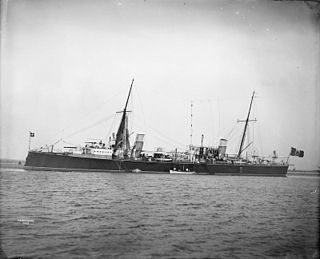
Calatafimi was a torpedo cruiser of the Partenope class built for the Italian Regia Marina in the 1880s. She was built by the Cantiere navale fratelli Orlando shipyard; her keel was laid in July 1891, she was launched in May 1894, and was commissioned in December 1895. Her main armament were her five torpedo tubes, which were supported by a battery of eleven small-caliber guns. Calatafimi spent most of her career in the main Italian fleet, where she was primarily occupied with training exercises. The ship was sold in March 1907 and broken up for scrap.

Goito was a torpedo cruiser built for the Italian Regia Marina in the 1880s. She was the lead ship of the Goito class, which included three other vessels. Goito was built by the Regio Cantiere di Castellammare di Stabia shipyard between September 1885 and February 1888. She was armed with a variety of light guns and five 14-inch (356 mm) torpedo tubes, and was capable of a top speed of 18 knots. The ship served the duration of her career in the main Italian fleet. Her early service was primarily occupied with training exercises; front-line duties ended in 1897 when she was converted into a minelayer, though she continued to participate in fleet exercises. During World War I, Goito laid defensive minefields in the Adriatic Sea. She was eventually sold for scrap in 1920 and broken up.






